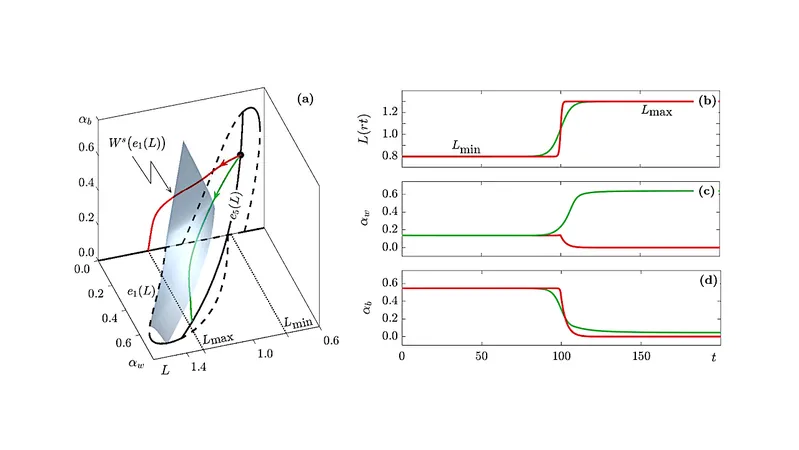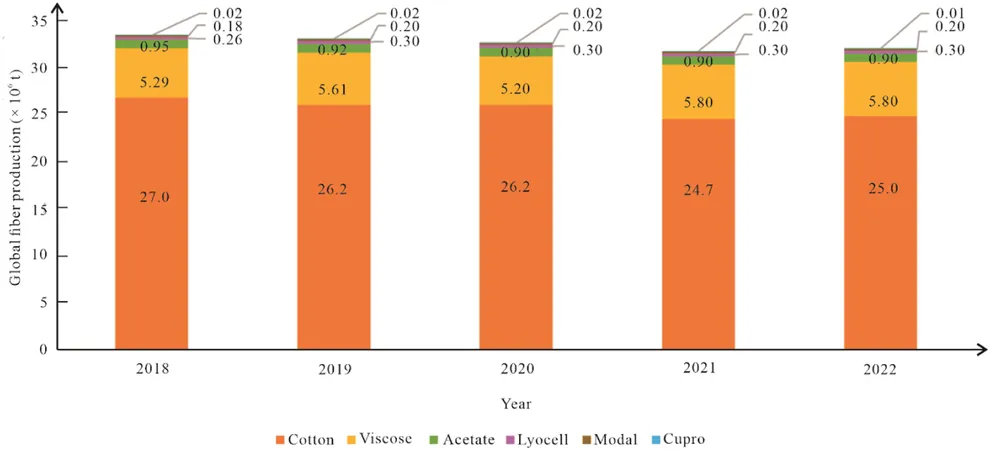
Shocking Discovery: How Rapid Changes Could Lead to Extinction in Daisyworld!
2024-10-08
Author: Wei Ling
Introduction
In an exciting new study, scientists have delved into the concept of rate-induced tipping, a phenomenon where systems face abrupt changes due to rapid alterations in external forces.
The Daisyworld Model
This exploration focuses on the well-known “Daisyworld” model, which serves as a unique simulation of how life interacts with its environment under changing conditions. The Daisyworld model depicts a fictional planet dominated by two types of daisies, each with distinct reflective properties that impact the planet's temperature.
Remarkably, these daisies work together to regulate Daisyworld's climate, making the model an essential tool in understanding life’s co-evolution with the planetary ecosystem. This model has been instrumental in teaching and conveying key principles of Earth system science to both students and researchers alike.
Shocking Findings
Surprisingly, recent findings reveal that if incoming sunlight—known as insolation—changes too quickly, it can push Daisyworld into a state where all life vanishes. This extinction occurs despite the fact that, under stable insolation conditions, life would thrive without issue.
Researchers uncovered that this catastrophic outcome happens because the dynamics of the system transition from stability to instability as the parameters change rapidly, crossing a critical threshold within the model's underlying mathematical framework.
Implications for Ecological Systems
This groundbreaking research not only enhances our understanding of Daisyworld but also raises vital implications about the resilience of ecological systems in our world. The phenomenon of rate-induced tipping could indicate that many ecosystems, influenced by rapid climatic shifts, may be more vulnerable to collapse than previously thought.
Conclusion
Experts warn that as global climate change accelerates, understanding and mitigating these tipping points is crucial for preserving biodiversity and maintaining ecological balance. This research underscores the importance of careful environmental stewardship, as the potential for rapid and uncontrollable changes looms on the horizon.
Stay tuned for more revelations in climate science, as researchers continue to uncover the delicate connections between species, ecosystems, and the ever-changing environment.



 Brasil (PT)
Brasil (PT)
 Canada (EN)
Canada (EN)
 Chile (ES)
Chile (ES)
 España (ES)
España (ES)
 France (FR)
France (FR)
 Hong Kong (EN)
Hong Kong (EN)
 Italia (IT)
Italia (IT)
 日本 (JA)
日本 (JA)
 Magyarország (HU)
Magyarország (HU)
 Norge (NO)
Norge (NO)
 Polska (PL)
Polska (PL)
 Schweiz (DE)
Schweiz (DE)
 Singapore (EN)
Singapore (EN)
 Sverige (SV)
Sverige (SV)
 Suomi (FI)
Suomi (FI)
 Türkiye (TR)
Türkiye (TR)